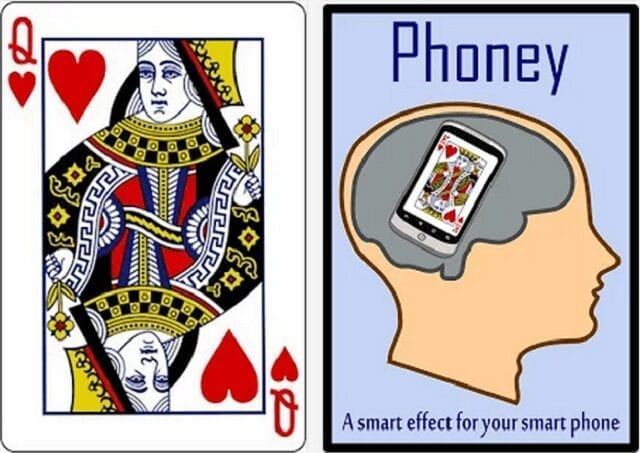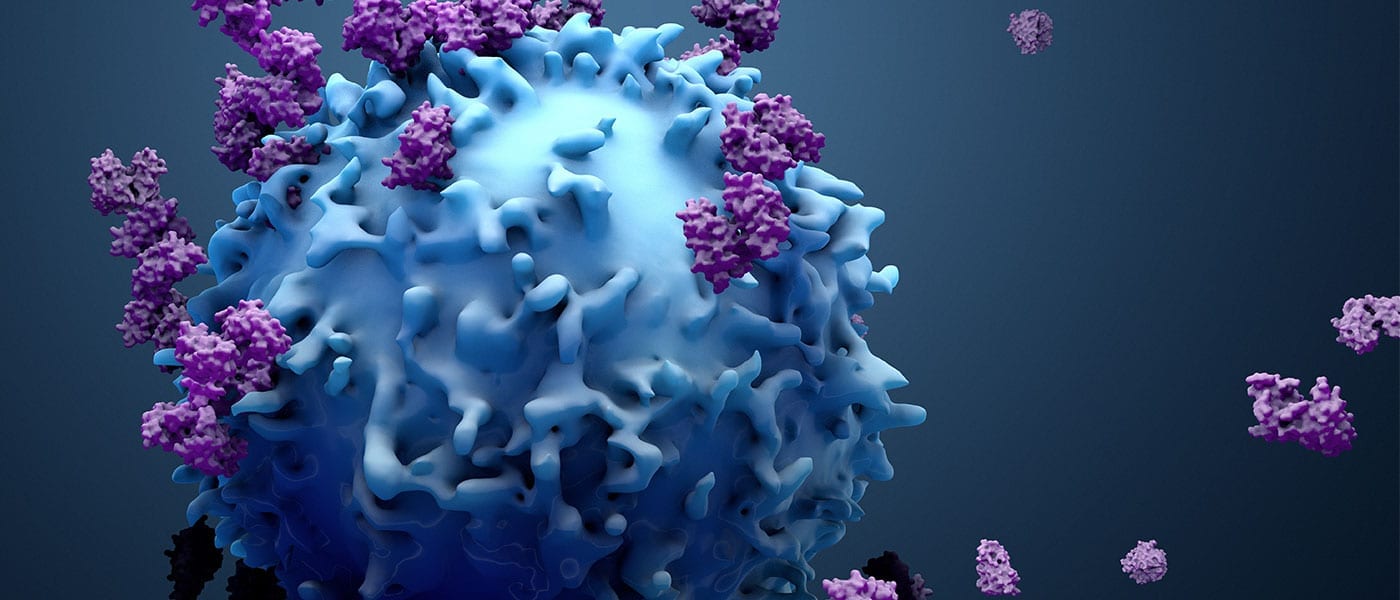
Researchers working on artificial intelligence at Queen Mary have taught a computer to create magic tricks.
The researchers from gave a computer program the outline of how a magic jigsaw puzzle and a mind reading card trick work, as well the results of experiments into how humans understand magic tricks, and the system created completely new variants on those tricks which can be delivered by a magician.
The magic tricks created were of the type that use mathematical techniques rather than sleight of hand or other theatrics, and are a core part of many magicians’ repertoires. The tricks, details of which we published on Monday 17th November in the journal Frontiers in Psychology, proved popular with audiences and the magic puzzle was put on sale in a London magic shop. The card trick is available as an app called Phoney in the Google Play Store.
Co-creator of the project, Howard Williams, explains how a computer can aid trick creation:
“Computer intelligence can process much larger amounts of information and run through all the possible outcomes in a way that is almost impossible for a person to do on their own. So while, a member of the audience might have seen a variation on this trick before, the AI can now use psychological and mathematical principles to create lots of different versions and keep audiences guessing.”
The magic jigsaw involves assembling a jigsaw to show a series shapes, then taking it apart and reassembling it so that certain shapes have disappeared using a clever geometric principle. Creation of tricks of this kind involve several simultaneous factors such as the size of the puzzle, the number of pieces involved, the number of shapes that appear and disappear and the ways that the puzzle can be arranged. Something this complex is ideal for an algorithm to process, and make decisions about which flexible factors are most important.
The Latest on: Artificial intelligence
[google_news title=”” keyword=”Artificial intelligence” num_posts=”10″ blurb_length=”0″ show_thumb=”left”]
via Google News
The Latest on: Artificial intelligence
- How Artificial Intelligence Is Changing The Way You Buy Travel Insuranceon April 27, 2024 at 3:52 am
Artificial intelligence is transforming the way you buy travel insurance. Here are the surprising ways it could affect your next vacation.
- Nvidia Owns a 3.4% Stake in This Innovative Artificial Intelligence (AI) Stock Cathie Wood Loveson April 27, 2024 at 1:58 am
Nvidia (NASDAQ: NVDA) isn't just a leader in developing the key hardware fueling the artificial intelligence (AI) boom. It's a big investor in other AI companies, often including an equity investment ...
- 3 Top Artificial Intelligence (AI) Stocks That Billionaires Jim Simons, Ray Dalio, and Israel Englander Are Buyingon April 27, 2024 at 12:05 am
Jim Simons, Ray Dalio, and Israel Englander are some of the most successful investors in history. All three are billionaires, and their respective hedge funds -- Renaissance Technologies, Bridgewater ...
- Growing concern that artificial intelligence could pose new cybersecurity threatson April 26, 2024 at 9:26 pm
As the capabilities of AI systems increase, so too do the risks of attacks on banks, infrastructure and elections, expects say.
- The U.S. Needs to ‘Get It Right’ on Artificial Intelligenceon April 26, 2024 at 6:59 pm
Artificial intelligence has been a tricky subject in Washington.Most lawmakers agree that it poses significant dangers if left unregulated, yet there remains a lack of consensus on how to tackle these ...
- Artificial intelligence is No. 1 on OU’s academic agendaon April 26, 2024 at 1:12 pm
University of Oklahoma President Joseph Harroz Jr. said issues surrounding AI are No. 1 on OU’s academic agenda, and there is a university-wide push underway to figure out how it can be used in the ...
- Pope to bring his call for ethical artificial intelligence to G7 summit in June in southern Italyon April 26, 2024 at 10:26 am
Pope Francis is taking his call for artificial intelligence to be developed and used according to ethical lines to the Group of 7 industrialized nations ...
- Steve Aoki Has No Problem Using Artificial Intelligence To Build Tracks: ‘You Can’t Stop AI… You Just Have To Ride The Wave’on April 26, 2024 at 8:37 am
Steve Aoki talks to Billboard about embracing artificial intelligence in making music and the importance of Asian representation in the biz.
- Artificial Intelligence: Major Cyber Threats for Law Firms in 2024on April 26, 2024 at 6:18 am
Because trust is crucial in a lawyer-client relationship, it is of the utmost importance that law firms maintain the highest standards in data security.
- Artificial intelligence creating more sophisticated tax scams | Samuel Frenchon April 26, 2024 at 2:30 am
Remember, the IRS isn’t going to send an email or text, nor will its agents call, to obtain financial information or to demand a payment.
via Bing News











